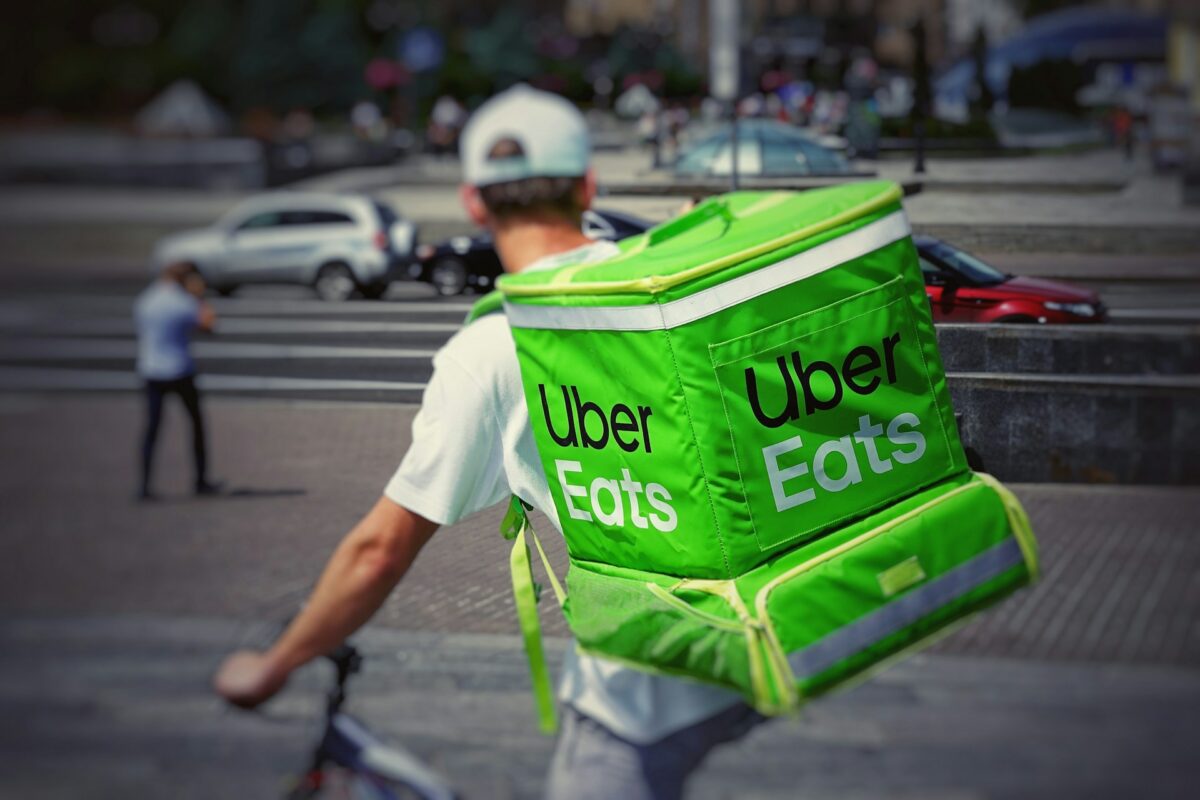Capturing surprises likely started with the invention of the camera and it seems we will never tire seeing how ordinary people react in extraordinary situations. The popularity of sites like Upworthy has helped call attention to the kind of surprises that give people hope — the single mother of three who works as a maid is asked to clean a house not knowing that it is about to be given to her; the science fair winner whose family went bankrupt is awarded a full scholarship to a major university. While media coverage reports on an unending series of potential disasters deemed newsworthy, shareworthy news finds home and life on our social networks.
This presents a unique opportunity for brands that demonstrate authentic intent. The key difference is that these types of surprises do not just improve someone’s life, they transform it. That’s what makes us cry when we see the commercial. We identify with the sensation of hope and we’re rightfully quite hungry for it.
Samsung and Leo Burnett produced a huge stunt for an ad campaign in Turkey. One of the town’s residents was hearing impaired and in the month that it took the agency to set up cameras around the town, they taught all of the person’s neighbors sign language. The gist of the ad is that he goes out about his business and the store clerk “speaks” in sign language to him. Then a woman bumps into him on the street and also signs to him. Finally, when he gets into a taxi, the driver signs to him before we get to a heartfelt reveal: an entire community united as never before.
Watch “Hearing Hands” by Samsung
This was part of an advertisement for Samsung Turkey’s new video call center for the hearing impaired. Of course, there is much more going on here than just a campaign for a video call center. Both Samsung’s brand leaders and the strategists from Leo Burnett are very smart. They see, globally, that this type of “upworthy” content has high share and engagement rates. Sure, the ad is for a call center, but via social networks a global audience will see it. Here it is on BuzzFeed.
Remember that brand storytelling happens inside of the mind of customers. Brands just set the stage and props. In this production, viewers identify most easily with the neighbors and may have thought to themselves while watching, “Would I learn sign language for a deaf neighbor if I was approached?” It’s pretty much a given that in this safe hypothetical scenario we would all say “yes.”
With behind-the-scenes footage (common to this genre) we have a chance to see beyond the brand’s actions and get some level of access to the brand’s intention. Had there been overt shots of product, or brand signage, we might believe the intent was at best, partially genuine. This realism and transparency lowers the barriers to seeing us reflected. This helps us craft memory. In fact, the shareable nature of this type of action will continue to activate memory as it is seen on social feeds.
As brand leaders, we need to constantly be open to all of the unfamiliar ways story can come to life. Not only are many of the familiar methods over-saturated, the way we consume content is going to continue to change. Futurist Tom Goodwin thinks, “The Internet will become thinner, we will move further into a mobile web of apps and our primary navigation will move to the notification layer. The web will become simpler, more personal and more anticipatory with contextual nudges and information appearing in more places.” Just imagine: If traffic on your brand site trickled down to almost nothing because customers were accessing your information with an independent API, how would you tell your story?
Samsung correctly identified a form of story that, at least right now, offers one of the most direct pathways into consumers’ hearts via the social web. By producing this ad, they are able to take full advantage of what people like to see, consume, and share today.
It is very important that brands get in the business of producing more intangible value, as Samsung has done in this illustration. One way to keep your customers involved, even in the face of rising prices and diminishing loyalty, is to provide intangible offerings that appeal to the type of relational motivation (curiosity, affection, competition and excellence – or a blending) aligning with the way customers relate to your brand.
The Blake Project Can Help: The Customer Experience Workshop
Branding Strategy Insider is a service of The Blake Project: A strategic brand consultancy specializing in Brand Research, Brand Strategy, Brand Licensing and Brand Education




